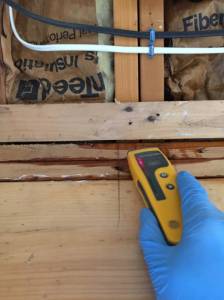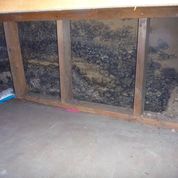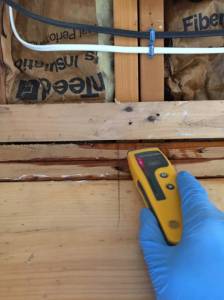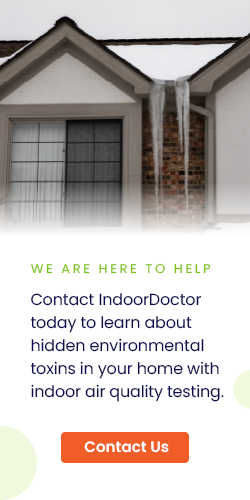As the snow continues to build up and the warmer weather continues to get closer, one major issue you should be sure to keep an eye on is the potential for ice dams. An ice dam occurs when the snow on your roof melts and refreezes forming a ridge of ice at the edge of the roof which prevents melting snow from draining off the roof. The water that backs up behind the dam can leak up under the shingles and into your home causing damage to walls, ceilings, insulation and other areas. This problem becomes especially pronounced when things warm up and the melting occurs at an accelerated pace.

I have ice dams right now…
If you have ice dams now, the best thing to do to minimize the damage and infiltration is to chip the ice away and create channels for the melting water to run. This is best left to someone who is comfortable getting up on the roof via ladder. Specifically, we recommend calling a professional roofing company with workers compensation insurance. Once they clear the roof and chip some channels into the ice, you can keep the channels open by filling a stocking with calcium chloride and laying it down in the newly cut channel. It will help to keep the path clear for the water to drain. If you opt to tackle this task yourself, be very careful with the chipping; it is really easy to get carried away and punch a hole in your roof.
What can I do to prevent or reduce ice dams in the future…
One way to prevent ice dams from occurring is regularly removing snow from your roof after each snow storm before it begins to melt and form the ridge that blocks proper drainage. You can also use heated cables attached to the roof’s edge in a zig-zag pattern to combat the freezing and formation of ice dams. If you have a gutter, ice melt wires in gutters and downspouts are also a big help. Of course, the best long term strategy for preventing ice dams is reducing or eliminating sources of heat in the attic that causes the base layer of snow to melt and then refreeze into a dam. Here are some more tips to keep in mind:
- Keep your gutters clean to assist drainage
- Eliminate or reduce direct sources of heat in the attic
- Air seal the attic and significantly Increase attic floor insulation to reduce uneven melting
- Properly ventilate roof, attic and eaves







